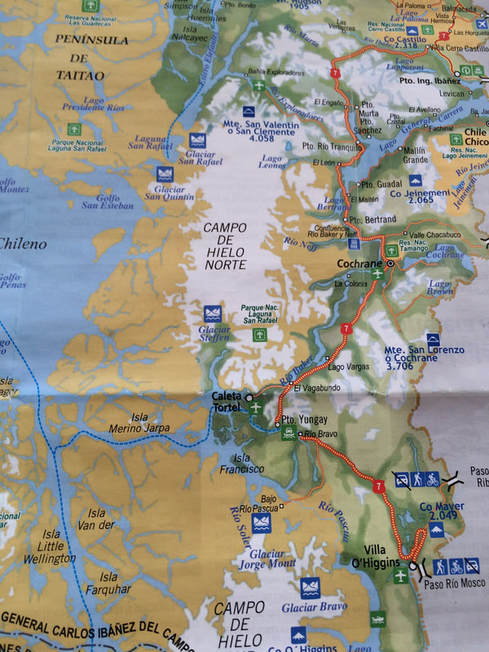 To say that my trip to Patagonia was one of the most transformative trips I have ever taken would be an understatement. It started on a sweltering hot April afternoon, the "dog days of summer" in Chile. There is a relatively small window of opportunity when you can travel there. Late fall, winter and spring are simply out of question as the glaciers and mountainous terrain are impenetrable with snow and ice. My roommate in Santiago,Natalie, told me that her father had worked on building some parts of the roads from South Chile into Patagonia. He and the team he was a part of had to ride mules to get there. I had two stopovers and finally landed in Coyhaique, which is considered a gateway to remote parts of Patagonia. My friends met me at the airport. They had driven down a couple days earlier to return a Jeep to another friend who lived there part time. It's a two day drive from Santiago, Chile that sometimes veered off into Argentina and I didn't want to lose that much time from work, so I flew down to meet them, The nice thing is that we had use of the vehicle for our five days there. We headed out directly towards Lago (Lake) General Carrera, for what should have a four hour drive. Like many other times in Chile, I discovered time is a relative concept. About three hours south of the airport, we had to take a detour into a small (muy, muy pequeña) town. It had one cafe, a handful of houses, and like every village, a town square. The road we were traveling was temporarily closed because they were building it. Still! Actually, I think they were expanding it from one to two lanes, which included dynamiting the side of the mountain. We were stuck for over three hours. Our short four drive actualy took seven hours. We finally arrived at el Lago and decided to stay in cabañas (cabins) instead of camping outdoors. My comrades had brought provisions from Coyhaique - a box of vegetables, rice, beans, flat-bread rolls, cheese, cream, butter and coffee, We ate some cheese sandwiches and settled in to sleep. The cabins were without exception the most "rustic" places I'd ever slept. The walls were made of "two-by-four's" - no drywall. They were heated by one wood burning stove, which doubled as our cooking stove. The bathrooms had linoleum tacked onto every visible surface. The cleanliness of everything - beds, towels, dishes - was highly questionable, but it was better than camping out. It was already quite cold outside. Visitando las Cavernas de Mármol en Pto. Tranquilo, Aysen The next morning we went boating on Lago General Carrera, It was raining heavily and freezing cold. I dressed in long underwear, pants, sweater, down jacket, heavy rain poncho that my friend loaned to me and a wool hat and gloves. I wore my only pair of shoes; Timberland hiking half boots - barely one step above hightop tennis shoes. I was apprehensive about going on the lake. Despite living a block from the beach in Los Angeles, my legs weren't very seaworthy. My anxiety grew when I saw the boat. It was an outboard that seated six plus the "Captain." It was also "muy pequeña". The obviously frigid water was whipped into choppy waves by the wind and wide expanse of the lake. This is the lake that killed Douglas Tompkins, the founder of North Face outdoor clothing brand, I kept thinking he tragically fell in these waters while kayaking and died from hypothermia. What good would our meager life preservers do? I wouldn't die from drowning, but from hypothermia. I was also concerned about getting sea sick. Or having to pee - we would be out for several hours. I confidentially shared these concerns with everyone on board. The Captain just smiled and said that no one had ever gotten sea sick in his boat. I took the plunge and I'm so glad I did. The turquoise colored water, the marble caves, the craggy rocks and glaciers were stunning beyond belief. I didn't get sea sick either. The Captain was right. He continued his perfect record. Glaciar Exploradores Parque Nacional Laguna San Rafael We saw so many glaciers, that I am now a bit confused on the names of the ones we had visited. At the bottom of one of the glaciers we hiked was an area called "a Cold Rainforest". The terrain was incredibly green and almost tropical with lush giant ferns and paths of roots; even though it was freezing. The closer we got to the sea, the larger all leaves were. The Nalca plant was my favorite. It is positively Jurassic. Later, I bought some jelly which was made from the fruit. It wasn’t very good, but it was okay. Rio Baker. and the confluence of the Rio baker and Rio Neff Port Bertrand, Region of Aysen All the lakes and rivers in Patagonia are pristine. You can dip a cup in the lake and drink from it. The turquoise colors of the water everywhere is unfathomable. You have to see it in person to truly appreciate it. The following photo has not been retouched, recolored or filtered at all. We hiked a short distance through fields of brush and stunted trees to get to Rio Baker. The temperature outside felt like it was freezing that early morning. My feet were completely numb in my hiking boots which I cursed that morning. When we got to the river, steam was coming off of the water's surface, because as cold as it was, it was warmer than the air. I wanted to reach down and touch the churning, steamy blue of it when I slipped on a rock and my left foot went into the water. Now my toes were cold, numb and wet. Not a good combination. Fortunately, it started getting a little warmer out, and eventually, my foot warmed and my shoe dried. But the river! The river, it was worth it. We continued hiking, came upon another river from yet another glacier that was a different, milky sage color. As the two rivers came together, the colors changed from turquoise to sage in a natural swirling contest. Parque Patagonia We then moved on to Parque Patagonia which was probably my favorite part of this trip. It is part of the Tompkins Conservation family of organizations, established by entrepreneurs-turned-conservationists Kristine and Douglas Tompkins in order to establish new protected areas, recover imperiled species, implement organic agriculture, support leading-edge activism, and promote healthy communities. Conservacion Patagonica itself is a small team, but many thousands more throughout the world have joined in this project in one form or another; be it volunteering with ecosystem restoration, donating, spreading the word, serving as supportive neighbors, or lending expertise. You can learn more about it here: www.conservacionpatagonica.org. We decided to trek the Lagunas Altas Trail, a full day 23 km (14 miles) hike of intermediate to advanced difficulty. The ascent is 1268 meters, about 4160 feet. I had no idea what I was in for. Here is detailed info from their website (link above): The Lagunas Altas Trail starts at the West Winds Campground, just a short walk from the Lodge. The trail climbs up the hill, close to Tamanguito Peak, before winding around numerous alpine lakes and returning to the park headquarters. The trail is marked with rebar poles, and trail maps are available at the office. Allow at least six to eight hours to complete this route, and bring a picnic, water, warm layers, and sun protection. Click here to view and download the map. It took us seven hours and when we were on our way down, my knees had had enough. I could only take little tiny steps and had to rest every couple hundred feet. But I did it!!! Maybe I'm getting too old for this? (Photo above from the website.) It felt like we negotiated every possible type of terrain. This photo is from a lichen forest. There was mountainous terrain, meadows, lakes, wetlands, desert areas, swamps, forests, and everything in front of a backdrop of the glaciers, a constant presence in Patagonia, looming above, next to, and behind every path, forest, river and lake. Natalie and me in front of one of the many spectacular alpine lakes. We probably passed a half dozen of them. 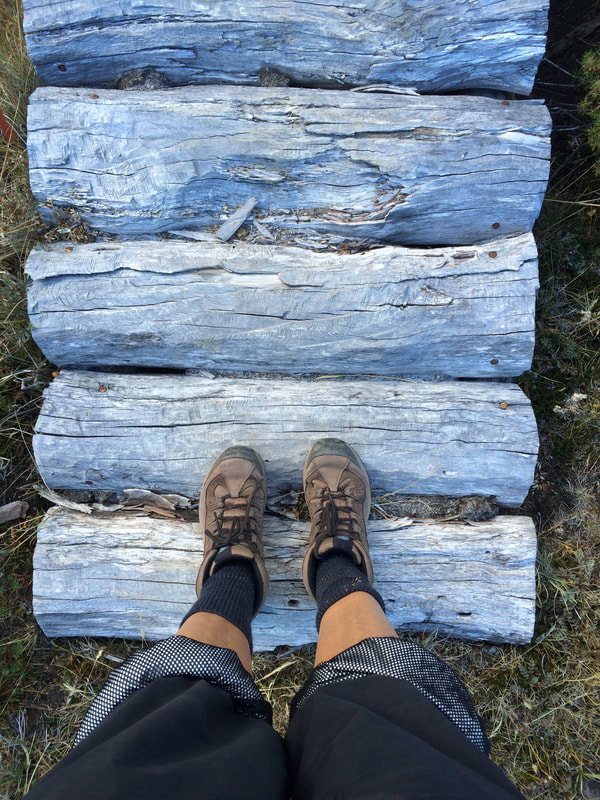 Like most of our exploration in Patagonia, things started out cold, and in short order they became hot. I started our trek with lined pants and layers of long underwear with my down jacket. The first was spent climbing a mountain and by the time I got to the lichen forest, about halfway up, I had to roll up my pants and take off my sweater. We each carried about a gallon of water in our backpacks because it had to last us for the seven hour trek. It really weighed me down especially since the ascent was so steep, but I was exceedingly happy that I had all that water. I also carried a lot of snacks in case my sugar dropped. Lilian, carried hard, flat rolls of white bread and slabs of white cheese. There were only the four of us and probably the most amazing part of my trip is that we did not pass a single other soul for seven hours. At times it seemed as if we lost the trail, and then we would see a little row of stones to show us the way. I wondered, Who maintains all of this? Here we were at the end of the world and no one is here. I made a special point of taking care not to hurt myself or twist my ankles, because if got stuck on this trail, there was no one coming to get you.
On the way back north to the airport, I noticed little groups of shacks alongside the road. These were cemeteries. It is how the people here bury their loved ones. They looked like little wooden mausoleums. Fittingly, the sunset the night we left was spectacular. My camera just did not do it justice. 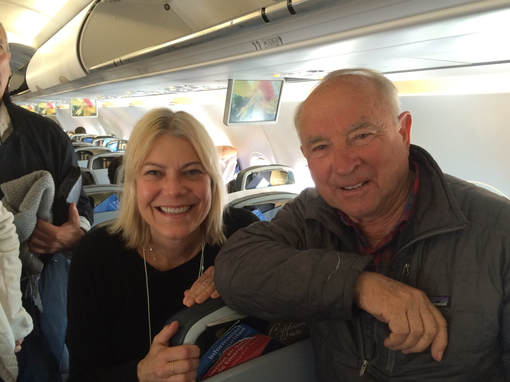 Look who I met and chatted with on the way back from Patagonia. Yvon Chouinard. Founder of Patagonia brand and its forerunner, Black Diamond. He was very gracious when I approached him at our first stopover on the way back to Santiago. I told him I was a big fan, because Patagonia was one of the first companies that cared about sustainable products and manufacturing. (I was carrying a Patagonia backpack!) He was there on a fishing trip and wanted to know all about what we did and where we went. He was very happy that we were in Parque Patagonia. Douglas Tompkins was one of his close friends and Yvon, I learned, was a stakeholder in the park. What I Learned: I am stronger than I thought. I was able to sleep in rickety cabins with no heat, weather the cold and rain, trek hundreds of kilometers, and make do with limited food. I did it!!! All photographic images (excluding the map) © 2016 TheTravelPortfolio.com. All rights reserved.
0 Comments
|
Details
AuthorCynthia Wylie Archives
January 2018
Categories |

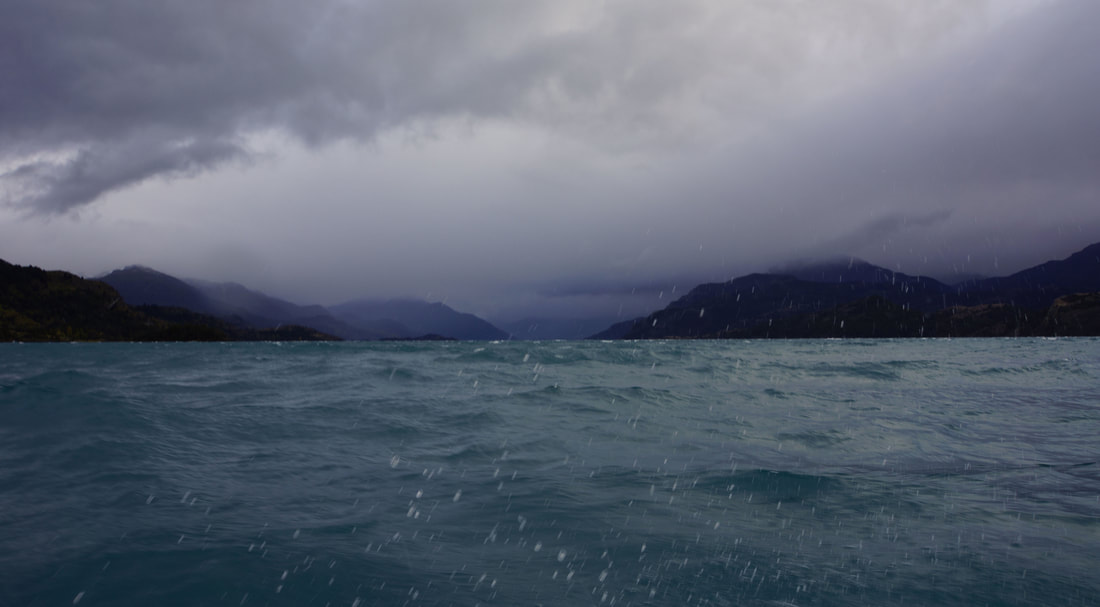
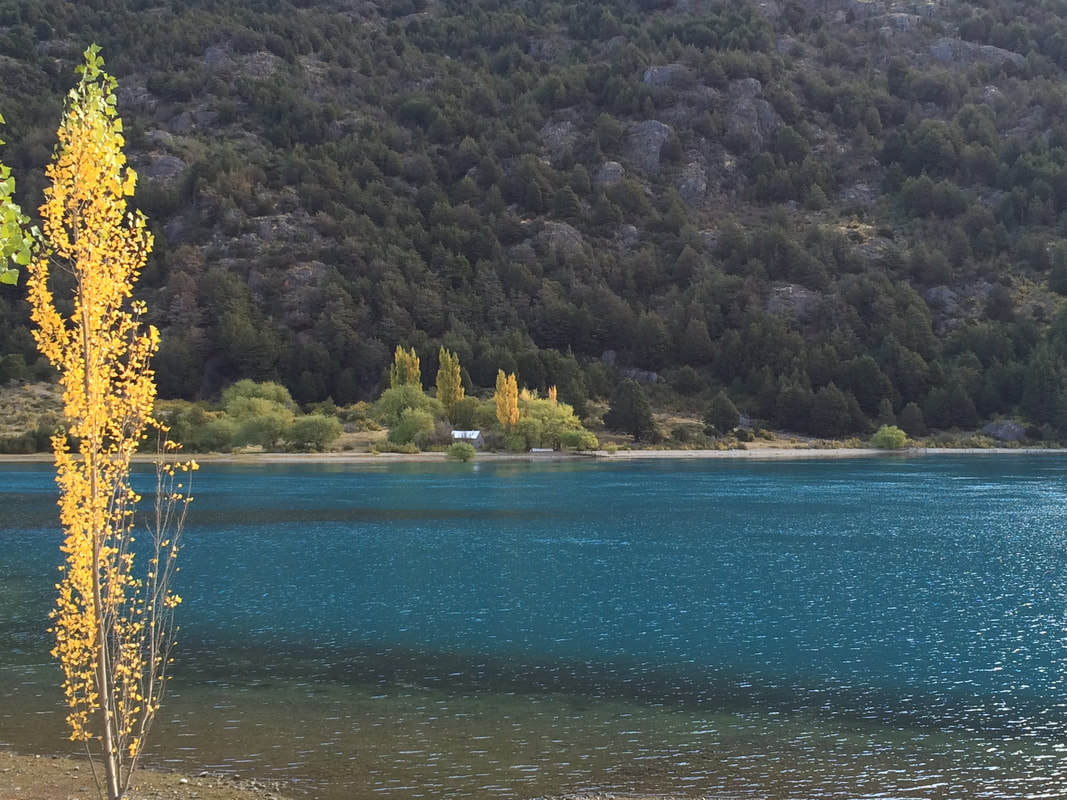
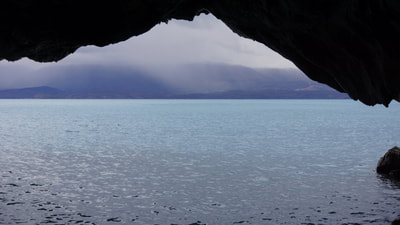
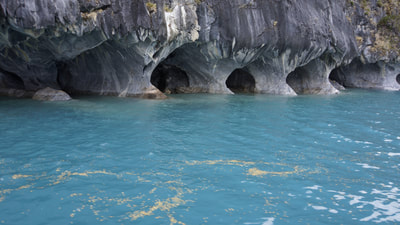
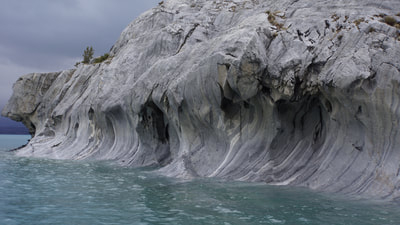
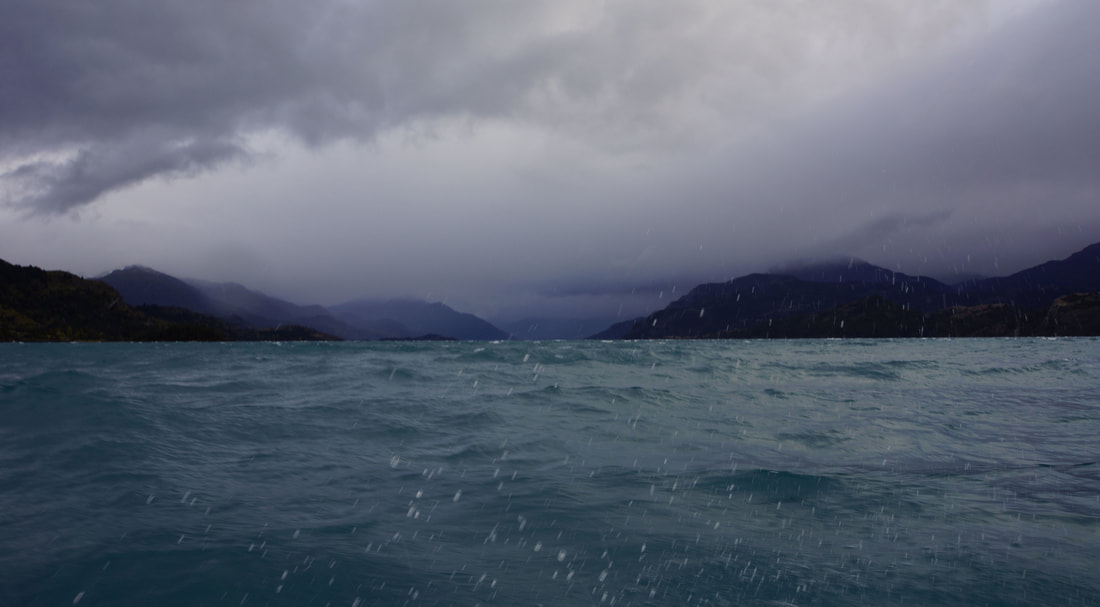
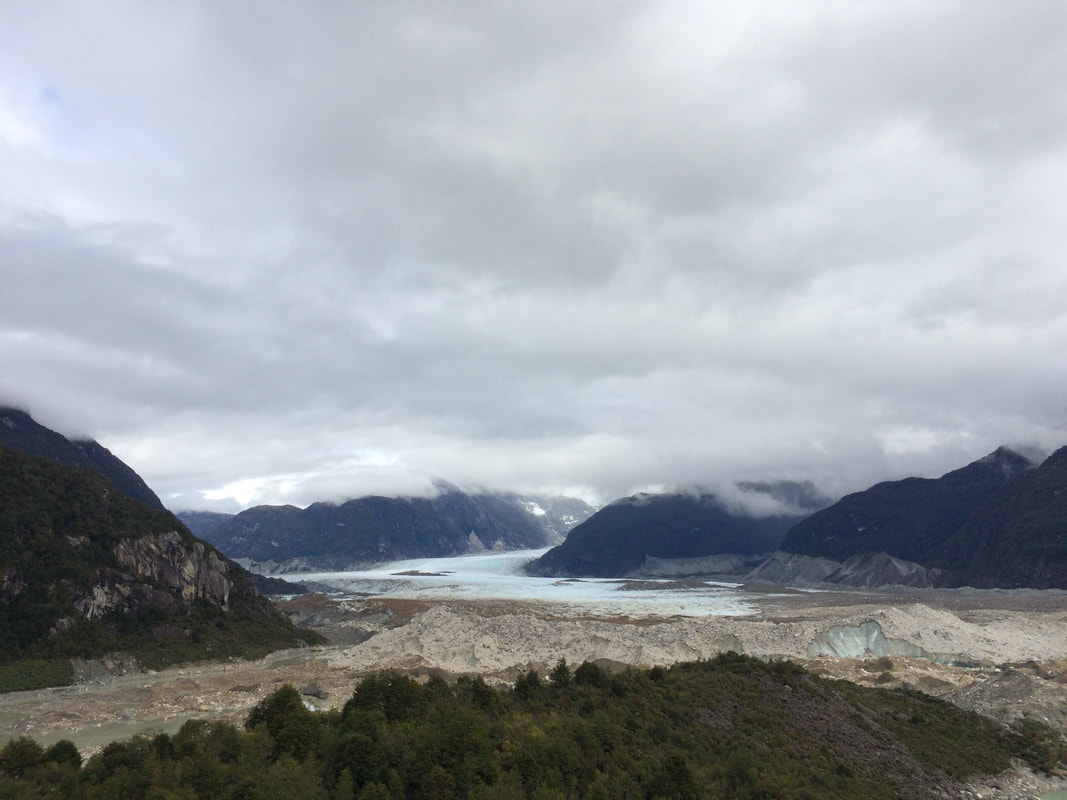
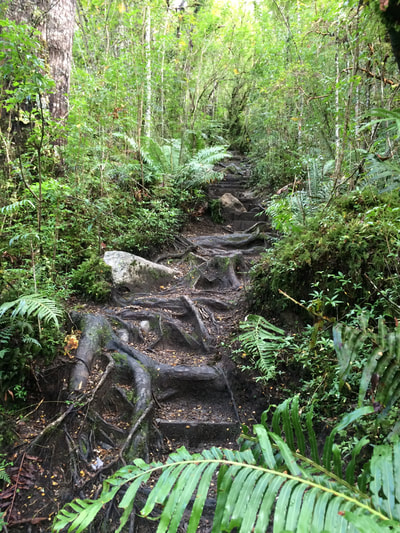
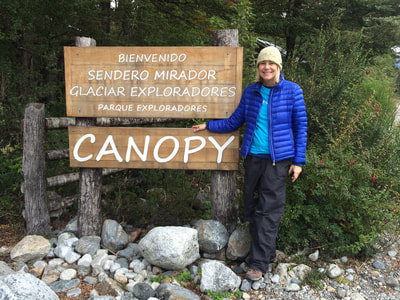
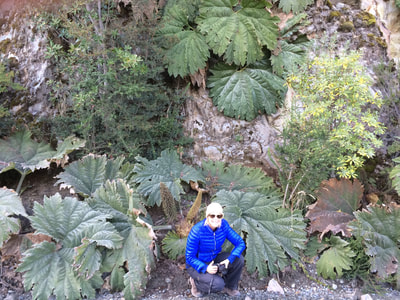
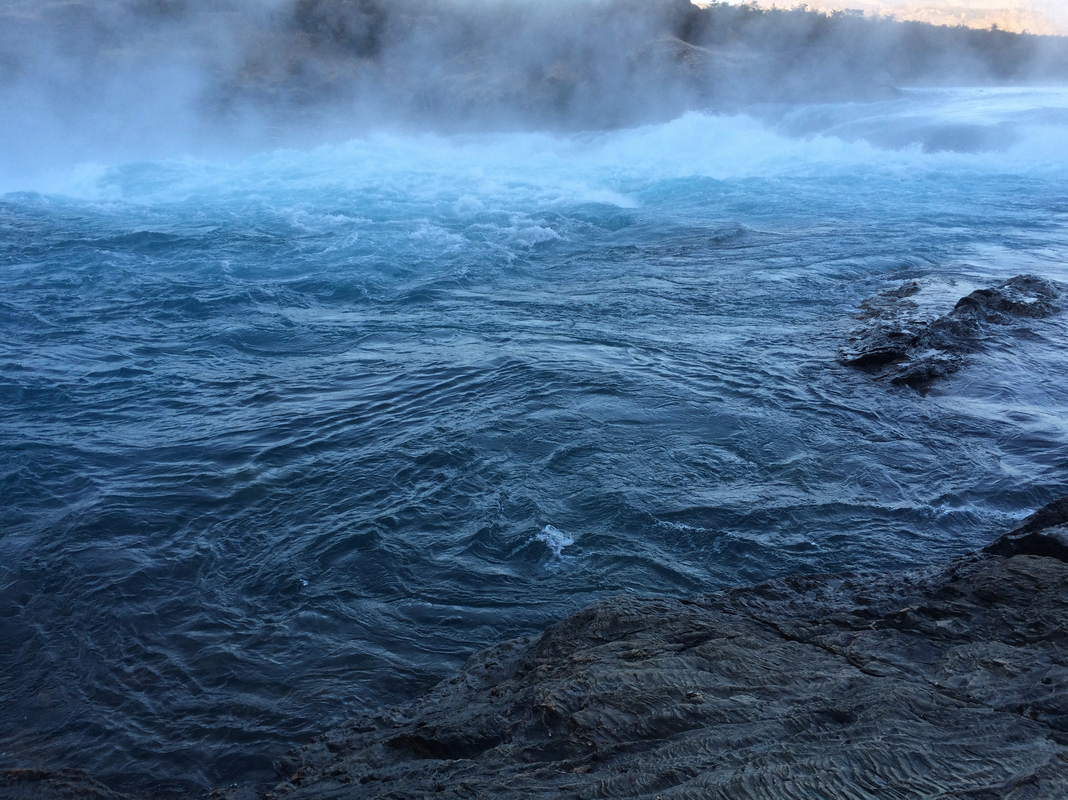
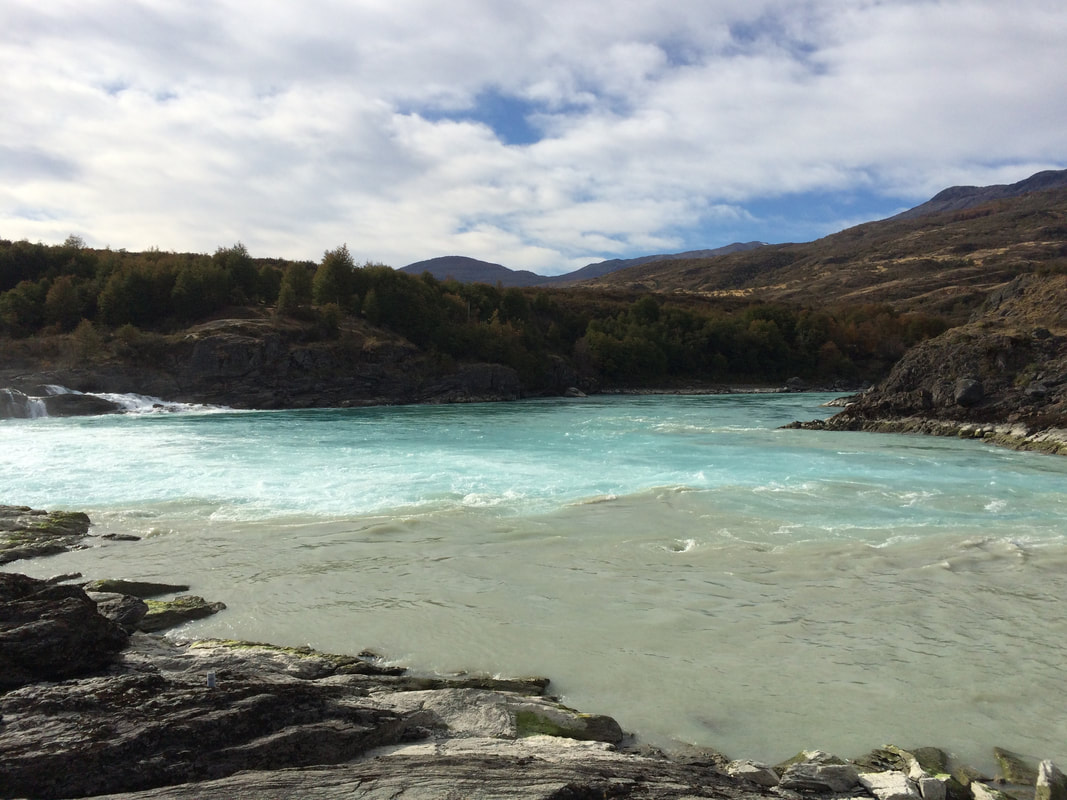
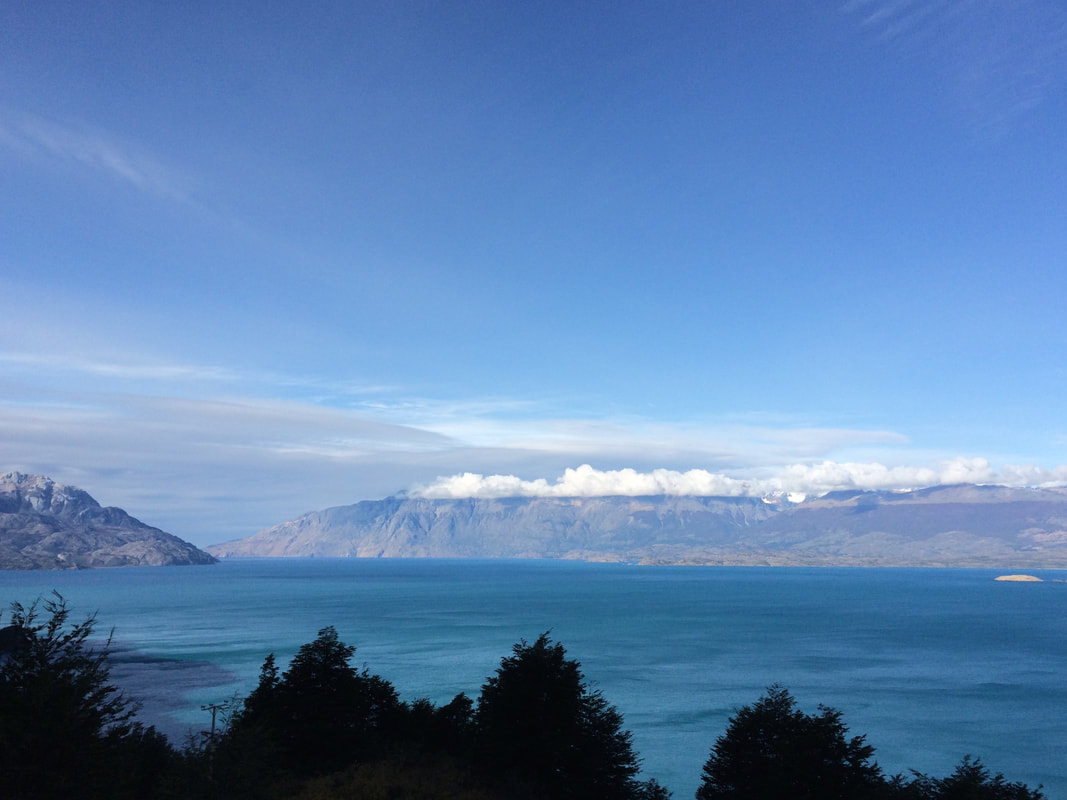
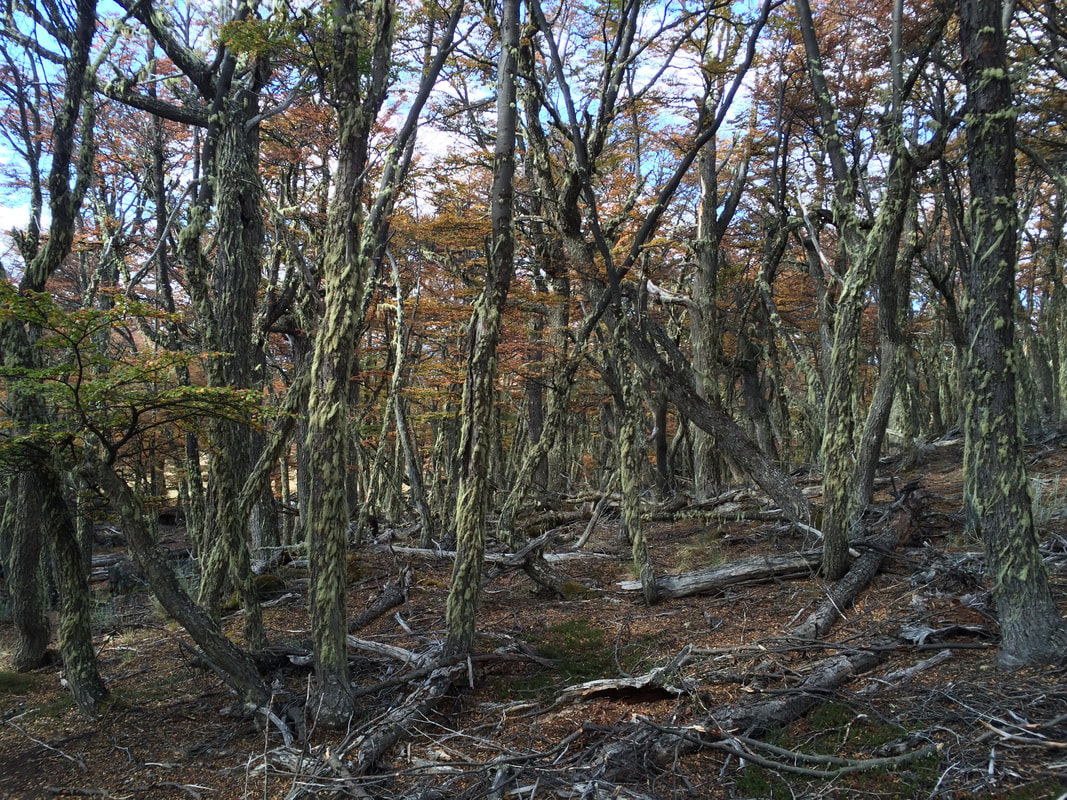
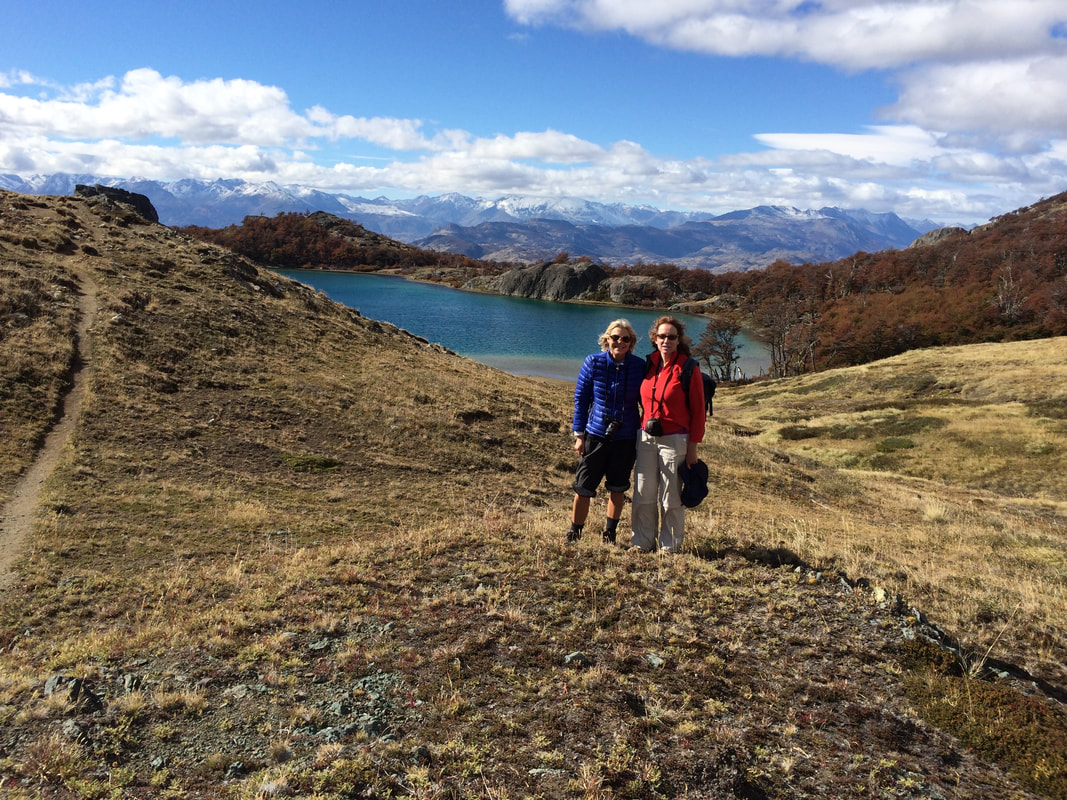
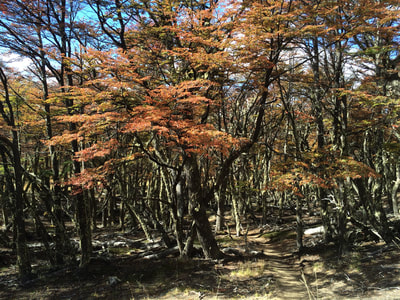
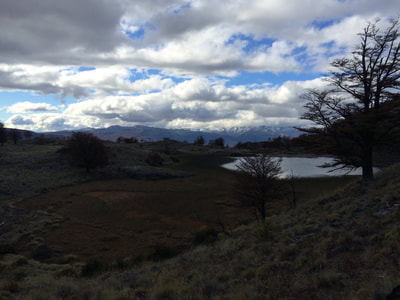
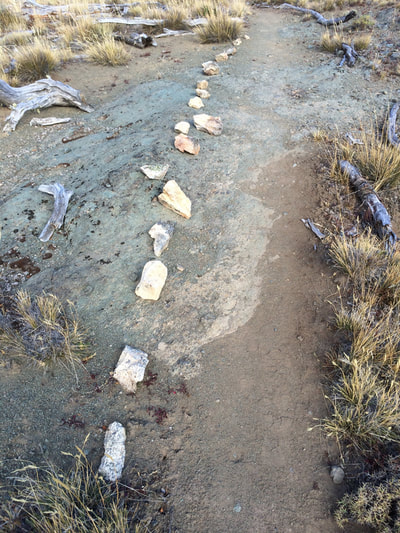
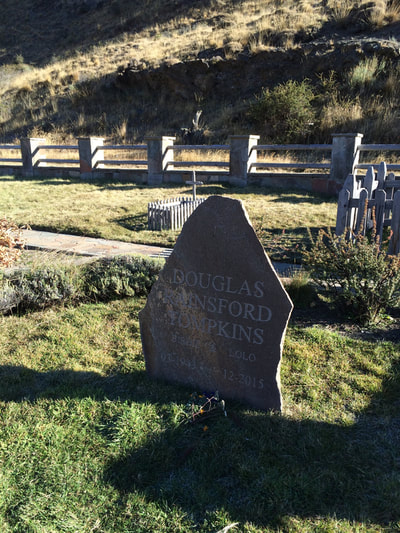
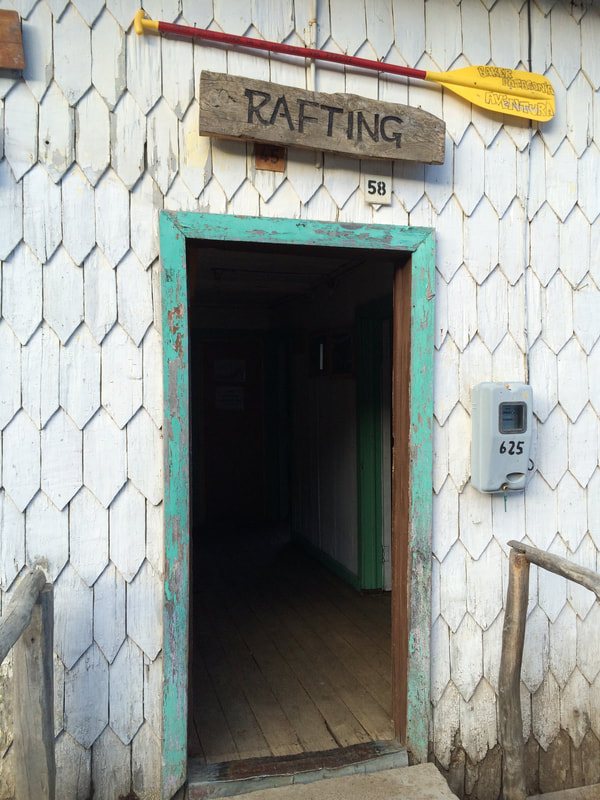
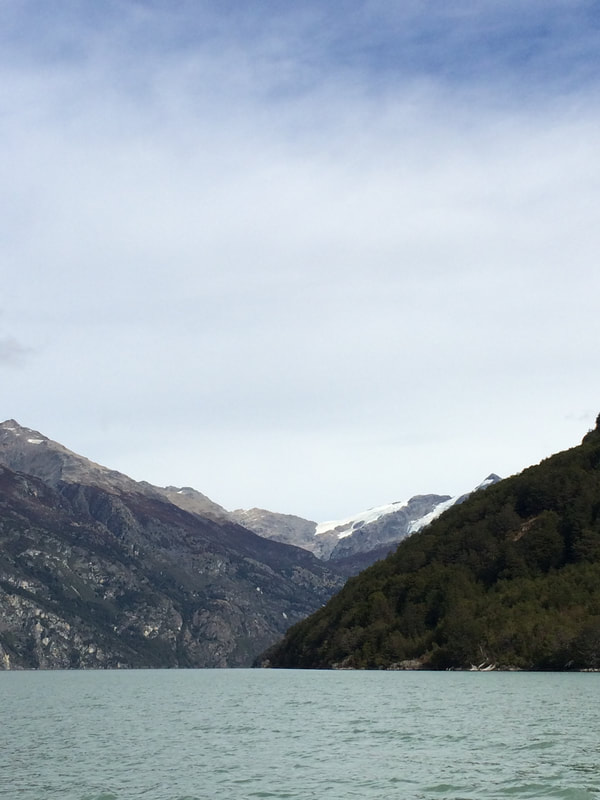
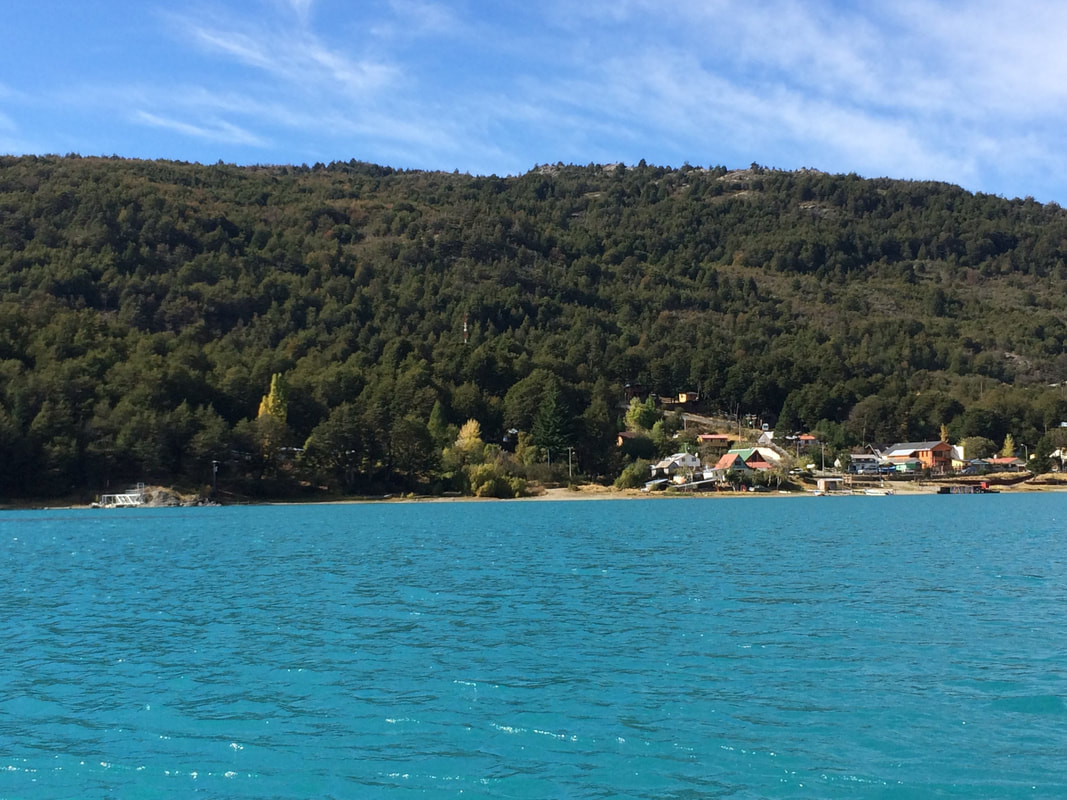
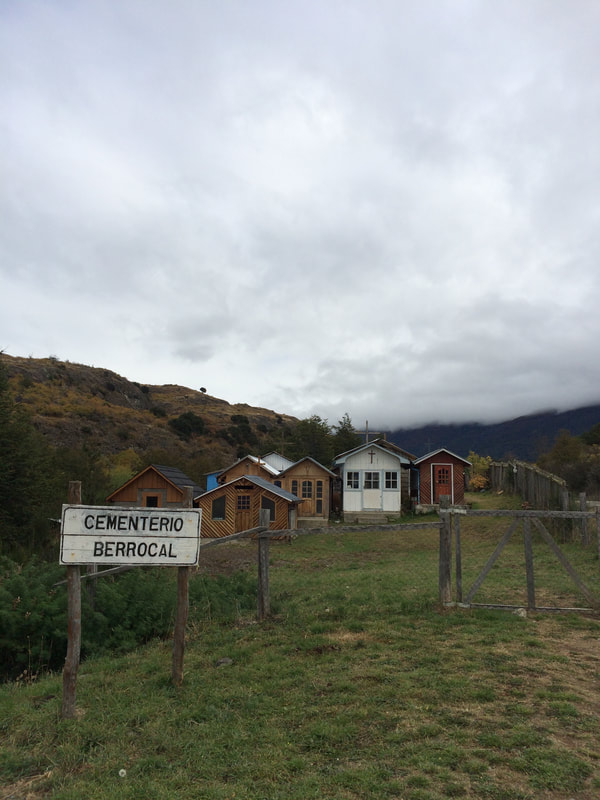
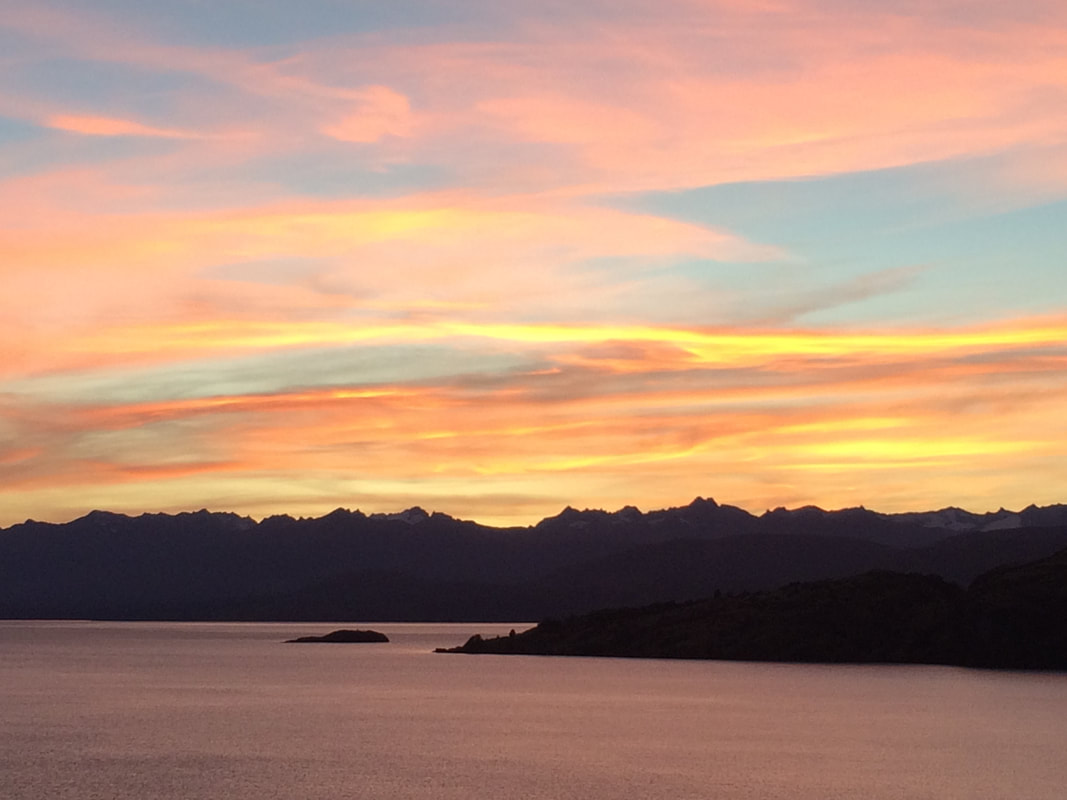
 RSS Feed
RSS Feed